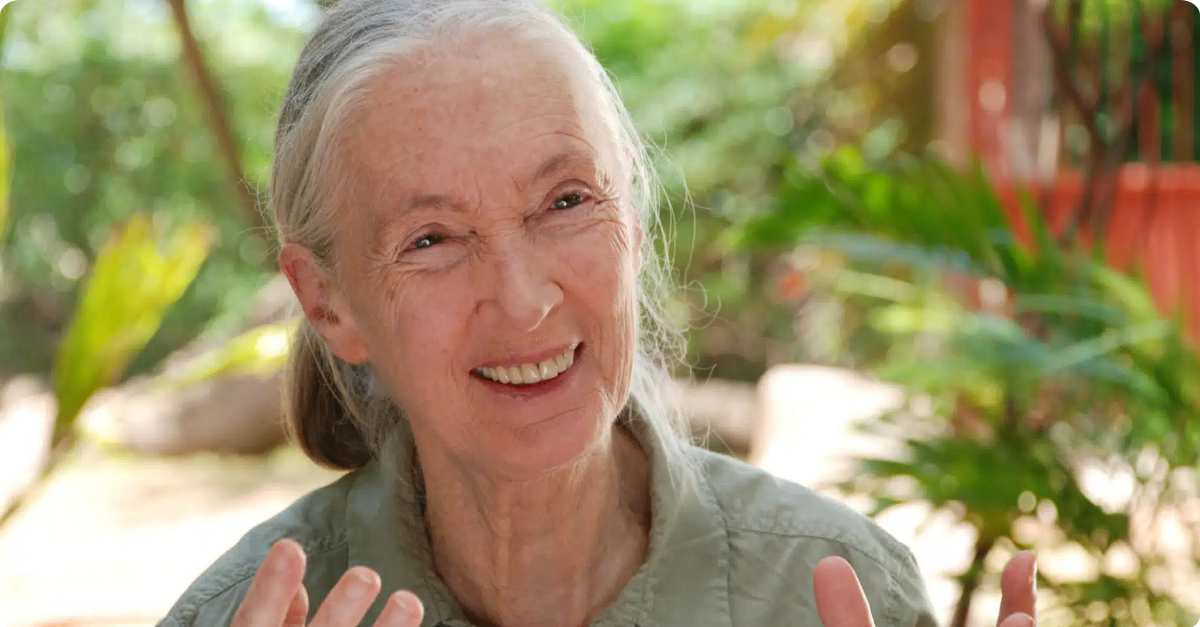
From the moment she stepped into the Gombe Forest and watched chimpanzees with a child’s wonder, Jane Goodall reshaped the way we see primates—and ourselves. Her life became a bridge between science and spirit. Now, after her passing, that bridge feels both fragile and enduring.
In the recent New York Times feature “Jane Goodall and the Pursuit of a Long Life,” she reflected on staying active into her 90s. Goodall never saw aging as surrender. Instead, she spoke of holding onto purpose. Her story recalls the determination of pioneers like Dian Fossey, whose passion also merged science with devotion. Goodall reminds us that legacy comes not only from discovery, but from persistence.
Jane Goodall in Her Final Years
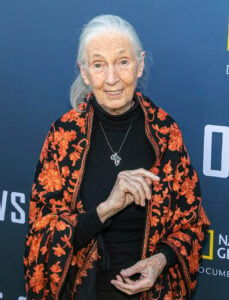

In her later years, Jane Goodall moved from fieldwork into the role of global messenger. The Times described how she continued traveling and speaking, even when most would rest. She never called it defiance of age. For her, it was simply continuity with the work that began at Gombe.
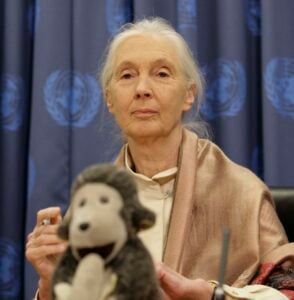

Jane Goodall
Digital photo by Luiz Rampelotto-PHOTOlink.net / ImageCollect
Her lifestyle reflected the same clarity. Goodall chose a plant-based diet decades ago, motivated by ethics and sustained by energy. She carried that lightness into airports, lecture halls, and forests, always urging awareness. Her actions showed that purpose, not youth, fuels resilience.
Echoes and Legacy
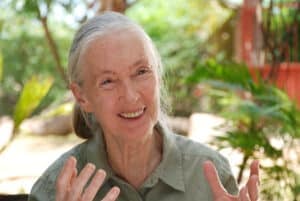

When the conservationist died, the world paused. The Jane Goodall Institute announced her passing at 91, while she was still traveling. The news did not come as a shock; it was the quiet close of a long, engaged life.
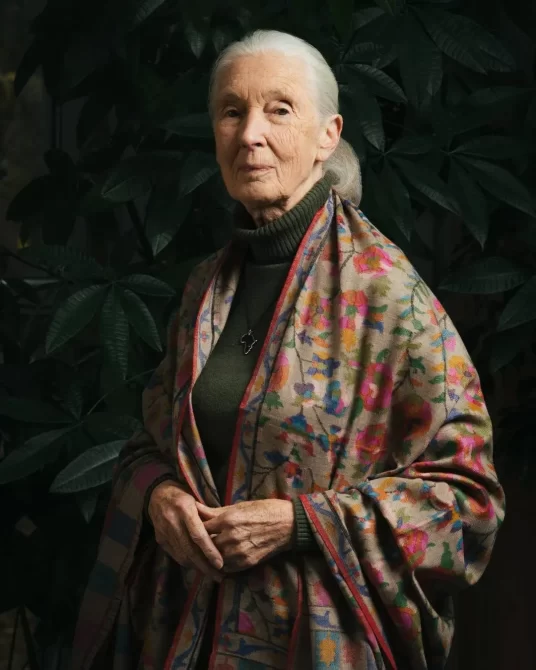

Her death left behind books, research, and decades of activism. More than that, it offered a framework for living. Goodall wove empathy with science, gentleness with determination. Her voice urged us to measure humanity by what we choose to protect. In her absence, the question lingers: how will we carry her mission forward?
Trending Products


![NOW Country Classics: 90âs Dance Party[Lemon & Spring Green 2 LP]](https://m.media-amazon.com/images/I/61hVquUofcL._SL500_._SS300_.jpg)





